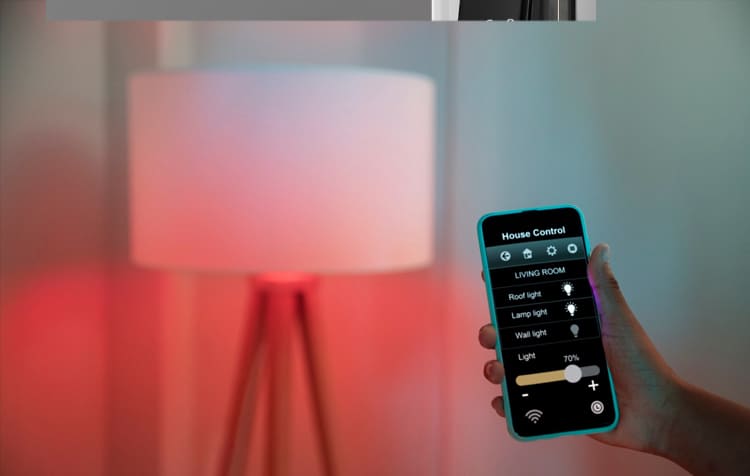
In an era characterized by technological prowess and convenience-driven lifestyles, the concept of smart homes continues to evolve at an unprecedented pace. From automated systems that simplify daily tasks to cutting-edge innovations revolutionizing home management, the world of smart home automation is witnessing a surge in transformative trends. Let's explore some of the latest advancements shaping the landscape of smart home technology, including the rise of automated home systems and the integration of DC-powered lighting solutions.
Seamless Integration of Smart Home Systems:
The integration of smart home systems has taken centre stage in home automation trends. Today's smart homes are built on interconnected ecosystems that harmonize various devices and appliances, allowing homeowners to control and monitor their environment effortlessly. From lighting and thermostats to security cameras and entertainment systems, these interconnected systems are orchestrated through centralized hubs or smartphone apps, offering unprecedented control and convenience.
Evolution of Automated Home Systems:
Automated home systems have evolved beyond basic tasks, now encompassing a broader spectrum of functionalities. Artificial Intelligence (AI) and machine learning algorithms have empowered these systems to learn and adapt to user preferences. They can anticipate needs, automate routines, and adjust settings dynamically based on changing circumstances. Whether it's regulating the home's temperature, adjusting lighting based on natural light levels, or optimizing energy usage, automated systems aim to simplify and enhance everyday living.
The Rise of DC-Powered Lighting:
One notable trend in smart home lighting is the adoption of DC-powered lighting solutions. Direct Current (DC) lighting, in contrast to traditional Alternating Current (AC) lighting, offers several advantages in energy efficiency, safety, and adaptability. DC-powered LED lighting systems are more energy-efficient, translating to reduced electricity bills and a lower carbon footprint. Additionally, these systems are safer and more versatile, allowing for seamless integration with smart home ecosystems for controlled lighting scenarios and ambiance customization.
The Impact on Sustainability and Energy Efficiency:
Smart home automation trends are increasingly aligned with sustainable living practices and energy efficiency. The ability to optimize energy usage, monitor resource consumption, and implement eco-friendly solutions is at the core of modern smart home designs. DC-powered lighting systems, in particular, play a pivotal role in reducing energy wastage, contributing to a greener and more sustainable living environment.
The Future of Smart Homes:
As smart home technology continues to advance, the future promises even more interconnected and intuitive systems. Integrating Internet of Things (IoT) devices, further AI enhancements, and seamless connectivity between various smart devices are just a glimpse into what lies ahead. The evolution towards more autonomous and adaptive homes that anticipate and cater to occupants' needs is on the horizon.

